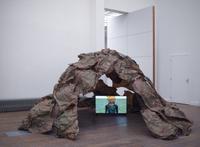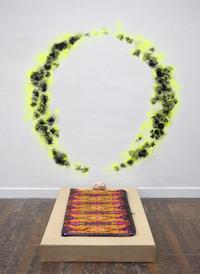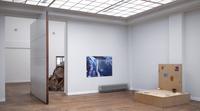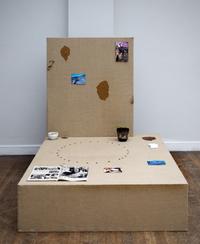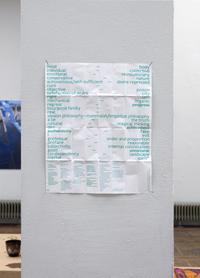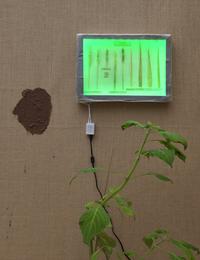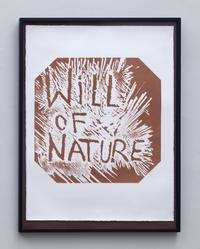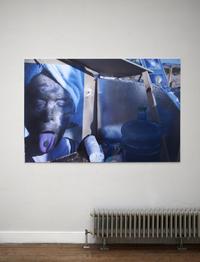Dissertations
℞eForm
Doctoral Thesis
Issued:
9 December 2015
Promotors:
Kitty Zijlmans
Janneke Wesseling
Available at:
Leiden University Repository
Abstract
This dissertation together with the artworks documented in it is the result of an investigation across multiple media over a seven-year period of the cultural, artistic and spiritual legacy of the late nineteenth- and early twentieth-century Lebensreform (Life Reform) movement. In the course of this research I situate this movement with its origins in Europe and its promotion of a back-to-nature lifestyle (health foods, sexual emancipation, rational dress/nudism, pantheism/syncretic New Age religions) in a long line of radical reform projects, that lead back to the Reformation and the Anabaptist rebellions in sixteenth-century Germany, the Netherlands and Switzerland. At the same time, I link the passage to America of Lebensreform beliefs and practices to the rise of the hippy counter-culture in California and the global spread in the decades since the nineteen-sixties of today’s ecological, organic food and naturopathy/Wellness movements.
In both the dissertation and the series of artworks discussed within it I set out to unravel and confront the complicated legacy of Theosophy and Anthroposophy, the holistic systems of belief that formed the spiritual backbone of the Lebensreform phenomenon. In the process I probe the question of how it came to be, that an occult world view based on a synthesis of world religions could appeal equally to purist avant-garde proponents of abstraction such as Kandinsky and Mondriaan and to figurative painters and illustrators such as Fidus (Hugo Höppener) and Fritz Mackensen, whose work promoted an idealized ‘Aryan’ aesthetic in line with German National Socialist ideology. As such the present work forms part of the larger reappraisal currently under way among artists and scholars of the history of utopian counter-cultural thinking and alternative life-style experimentation in the West. Following in the footsteps of historians such as Peter Staudenmaier, Janet Biehl, and Susan A. Manning, I argue that this reappraisal forces us to acknowledge the anti-rational esoteric roots of Modernism along with the progressive strands in Modernist thinking and practice, that tend to be foregrounded in most historical accounts.
However my interest in this project as an artist is not conventionally historical or academic but rather personal and performative. And the way the arguments are made, for the most part through installations, drawings, sculptural objects, video works, artist statements and performances, bears little relation to the orderly modes of presentation and detached forms of analysis that mark traditional academic discourse. Instead, the project unfolded over time as a prolonged archaeological dig into two intersecting strata, the muddy history of the Lebensreform movement and my own formation as someone born into an anthroposophical/Reform Church household in Leiden. The tension between Progress (social engineering/the collaborative ideal) and ℞egression (back to nature/childhood/basics) dictates the rhythm of the dig. The excavation metaphor gets literalized as I move closer to home, and in many of the artworks (Dutch) mud and compacted soil become the primary material: both the medium in which the inquiries are conducted and the consumable message/medicine dispensed at the door in pill-form to the departing exhibition visitor.
Documentation
Photos of the exhibition ‘℞eformat’ installed in the gallery of the Royal Academy of Art The Hague, 27 November – 14 December 2015. The exhibition presented a selection of work by Ruchama Noorda produced within the framework of her PhD research project.
Interviewer:
Lotte Betting
Camera and editing:
Judith Westerveld
